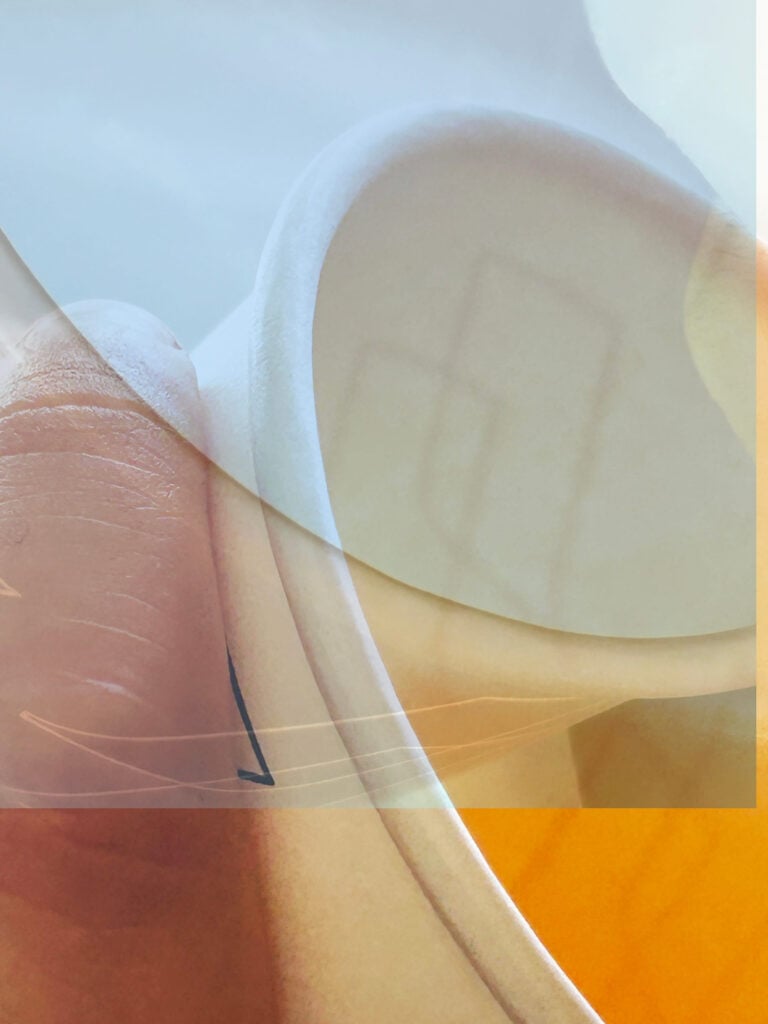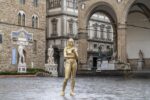Chloé Quenum – Weary

Mostra personale.
Comunicato stampa
Imagine watching someone dream underwater through Windows 95. In Chloé Quenum’s latest work, a digital avatar – intentionally obsolete, exquisitely weary – drifts through liquid code like a body surrendering to exhaustion. Solange’s ‘Weary’ plays in the background, transforming into something uncanny: pop music submerged in digital undertow, black electronic dreams deconstructed until only their echoes remain. The song’s original meditation on Black exhaustion metamorphoses into pixelated poetry, each distorted note bearing the weight of both cultural and computational fatigue.
***
Quenum, born to French and Beninese parents, approaches identity as fluid rather than fixed – a constant flow demanding endless energy. In her latest work, that flow appears deliberately weighted, heavy with the exhaustion of perpetual digital performance. Her imagery spreads across gallery walls like tired eyes, bleeding light after endless screen time, creating pools of digital fatigue that manifest as perfect system errors.
At the 60th Venice Biennale, Quenum’s contribution to the Benin Pavilion explored similar themes of cultural transmission and loss through material translation. Working with collections from the Musée du quai Branly – Jacques Chirac, she recreated Dahomey kingdom musical instruments in blown glass: flutes, bells, and xylophones transformed through necessary distortion. Like her current work’s digital avatar, these glass instruments inhabited a space of productive transformation, each piece marking gaps in transmission – those moments where memory fails, where meaning shifts or dissolves.
In Milan, this exploration of cultural fluidity evolves from glass to code, yet its essence persists. “There are always things that elude us: either because they haven’t been documented or perhaps because they were erased. This reflects our relationship with memory, which is also full of gaps, much like all processes of transmission,” Quenum explains of her process. This layered approach to image-making mirrors her broader artistic practice: whether working with blown glass or liquid pixels, Quenum continues investigating how identity resists perfect reproduction, how loss can generate new forms of creation. Her digital collages become another medium through which memory flows and transforms, each layer of superimposed imagery creating new territories of meaning.



